General Info – summary
The spineless, dioecious, evergreen and densely branched Tree may reach 30m high. Older bark develops longitudinal fissures. Simple, drooping, longish Leaves are widest in the centre, have entire margins and lack stipules. Male cones are spike like & produce wind dispersed pollen. The single Female fruit has a slightly swollen, green receptacle with a single ovule and is not in a cone. An epimatium covers each seed.
Description
Podocarpus henkelii
Previous Names: Podocarpus ensiculus Podocarpus ensiculus.
SA Tree No. 17.
Common names: (Afr) Baster Outeniekwa-geelhout, Bastergeelhout, Basterouteniquasgeelhout, Henkel-se-geelhout. (Eng) Drooping-leaf Yellowwood, East Griqualand Yellowwood, Falcate Yellowwood, Henkel’s Yellowwood, Natal Yellowwood. (isiXhosa) Umsonti. (isiZulu) Abanqonqosi, Umsonti.
Family: Podocarpaceae. (A large family of mainly southern hemisphere conifers, which includes our Yellowwoods). The primary branches form pseudo-whorls around the trunk. The coriaceous Leaves are deciduous or evergreen (usually) and linear to narrowly ovate. A distinct Midrib is present. The evergreen trees or shrubs are usually dioecious. The Perianth is absent. The catkin like Male cones usually have many microsporophylls (fertile scales) each with 2 pollen sacs. Pollen grains usually have 2 air-bags or wings. Female cones have 1 or 2 fertile terminal scales and a few sterile scales. Ovules are solitary, inverted and enclosed in an epimatium (part of the scale supporting the ovule develops into a rounded covering enclosing the seed entirely). The Seeds, with 2 cotyledons (seed leaves), are borne on a receptacle, which is often swollen and fleshy. The seeds are not in cones. There are about 17 genera and 125 species in this family. Podocarpus is the only genus in southern Africa and has 4 species: P. latifolius; P. henkelii; P. falcatus and P. elongatus.
Name derivation: Podocarpus: podo (foot) karpus (fruit) referring to the fleshy receptacle which holds the seed above it i.e., they are not in cones like other members of the family. henkelii – Named after Johannes Elias Spurgeon Henkel, a most impressive South African Botanist who was first to identify this as a distinct species.
Conservation: National Status: L C (Least Concern). Assessed: 2009 (W. Foden and L. Potter). Widespread and stable.
Tree
This densely branched Tree (photo 982) is usually up to up to 25 but may reach 35m high. It has a straight trunk which can reach 1m in diameter. Young angular branches form pseudo whorls around the trunk and have pale green Bark (photo 797) and are angular. It becomes yellowish grey (photo 551), brown or dark grey. In large specimens, the bark develops longitudinal fissures. With time, it may peel off in longitudinal strips, exposing reddish-brown under-bark (photo 530). Spines are absent.
- 563 (2). 2014/10/30. Pretoria NBG. Photo: David Becking.
- 982. 2014/11/25. Walter Sisulu NBG. Photo: David Becking.
- 530. 2016/02/16. Walter Sisulu NBG. Photo: David Becking.
- 551. 2017/07/18. Walter Sisulu NBG. Photo: David Becking.
- 797. 2016/08/30. Walter Sisulu NBG. Photo: David Becking.
Leaves
On this evergreen tree, the distinctively drooping Leaves (photo 566) are simple (have a single blade, which may have incisions that are not deep enough to divide the leaf into leaflets) and may be slightly sickle-shaped (photo 279). They may be crowded towards branchlets ends, are shiny, long, slender and up to 17 x 1cm. Leaves are usually spirally arranged and dark or bright green (especially when young – photo 482). Leaves are narrowly lanceolate, gradually tapering to a narrow Apex and Base. The leaves are widest at the middle – unlike Podocarpus latifolius where the long centre part is equally wide. The Midrib is prominent below. The Margin is entire (with a continuous margin, not in any way indented) and finely and tightly rolled under. Stipules (basal appendages of the petiole) are absent.
Photo 59 shows leaves of different indigenous Podocarpaceae species. L-R: P. latifolius; P. henkelii; P. falcatus and P. elongatus. This is the order that they were planted at Walter Sisulu – moving away and slightly uphill from the waterfall.
- 59. 2016/01/05 Walter Sisulu NBG. Photo: David Becking.
- 481. 2014/02/25. Walter Sisulu NBG. Photo: David Becking.
- 566. 2014/10/30. Pretoria NBG. Photo: David Becking.
- 482. 2014/02/25. Walter Sisulu NBG. Photo: David Becking.
- 279. 2015/12/12. Walter Sisulu NBG. Photo: David Becking.
Reproduction
All yellowwoods, including this one, are dioecious (the male and female structures are on different trees). Male cones (photo 692) are initially erect and become quite large – up to 4cm x 0,5/0,3cm. These cones are in a spike-like inflorescence and each is contains many fertile microsporophylls (fertile scales) – Each with 2 tiny pollen sacs containing microscopic, wind dispersed pollen grains. These appear on the lower side of the scales. Each pollen grain has 2 air-bags – indicating the wind dispersal mechanism. (Sep-Nov). Male cones are usually in groups of 1-5 in leaf axils. After shedding the pollen, the cones elongate (photo 897) and hang down (photo 754). In the Female tree, cones are absent (photo 537). The thick Pedicel (fruit stalk) is never fleshy and stays green and is not clearly separated from the Receptacle (is that expanded tip of the flower stalk from which the floral parts develop). This receptacle is only slightly swollen and remains blue/green. The Ovules are solitary. The Seed is never in a typical woody pinecone structure. Mature seeds are hard, large, olive green, oval and up to 2,5 x 2cm. Part of the scale supporting the ovule develops into a rounded covering enclosing the seed entirely and is known as the Epimatium – (photo 189). (Dec-Aug).
- 692. 2017/08/29. Walter Sisulu NBG. Photo: David Becking.
- 897. 2014/10/28. Walter Sisulu NBG. Photo: David Becking.
- 754. 2014/11/18. Walter Sisulu NBG. Photo: David Becking.
- 537. 2017/10/17. Pretoria NBG. Photo: David Becking.
- 189. 2019/10/08. Pretoria NBG. Photo: David Becking.
Distribution & Ecology
These Trees tolerate frost, some drought and usually occur inland in the Eastern Cape and southern KwaZulu-Natal – especially between the Eastern Cape/KwaZulu-Natal boarder and Harding in the Drakensberg. They grow best in areas with good rainfall and misty mountainous conditions including evergreen forests. They are less common in coastal forests. The Seeds serve as food and a nesting place for the very large beaked endemic Cape Parrot (Poicephalus robustus). The seeds are bird dispersed including by the Cape Parrots and Turacos (louries). This is a protected tree in South Africa.
The genus Podocarpus was endemic (Endemism is the ecological state of a species being unique to a defined geographic location) in Gondwanaland (the ancient southern hemisphere supercontinent that comprised of a combination of South America, Africa, Antarctica, Australia and India). All species (about 100) of the genus Podocarpus are woody evergreen plants.
Ethnobotany
This garden tree has long, decorative and drooping Leaves. Although the Timber is similar to that of the true yellowwood, it is surprisingly not much used. Seeds have a barrier to water which delays germination. Optimum temperature for germination is 20°C and does not appear to be affected by light or dark conditions. Most “first” seeds are infested with beetle larvae and a fungus and unable to germinate. Fallen seeds collected about 2 weeks after the first seed falls tend to germinate well. Birds are largely responsible for seed dispersal. During the process, they remove a growth inhibitor. Recently collected seeds must have this growth inhibitor removed before planting. This Tree produces a dense shade, which restricts growth under the branches. This plant is slow growing and is a Protected Tree in South Africa. All male Podocarpus trees shed extremely allergenic pollen. The red, purple or bluish fleshy fruit of most species of Podocarpus are edible, raw or cooked into jams or pies. They have a mucilaginous texture with a slightly sweet flavor. However, they are slightly toxic and should be eaten only in small amounts, especially when raw.
References
Boon, R. 2010. Pooley’s Trees of eastern South Africa. Flora and Fauna Publications Trust, Durban.
Coates Palgrave, M. 2002. Keith Coates Palgrave Trees of Southern Africa, edn 3. Struik, Cape Town. \
Foden, W. & Potter, L. 2009. Podocarpus henkelii Stapf ex Dallim. & A.B.Jacks. National Assessment: Red List of South African Plants version 2020.1. Accessed on 2023/10/10.
Palmer, E. & Pitman, N. 1972. Trees of southern Africa. Balkema, Amsterdam, Cape Town.
van Wyk, B. & van Wyk, P. 1997 Field guide to Trees of Southern Africa. Struik, Cape Town.
http://plantzafrica.com/plantnop/podocarphenk.htm
http://www.sciencedirect.com/science/article/pii/S0044328X7680181X
http://posa.sanbi.org/flora/browse.php?src=SP
https://en.wikipedia.org/wiki/Podocarpus
https://en.wikipedia.org/wiki/Caesar_Carl_Hans_Henkel

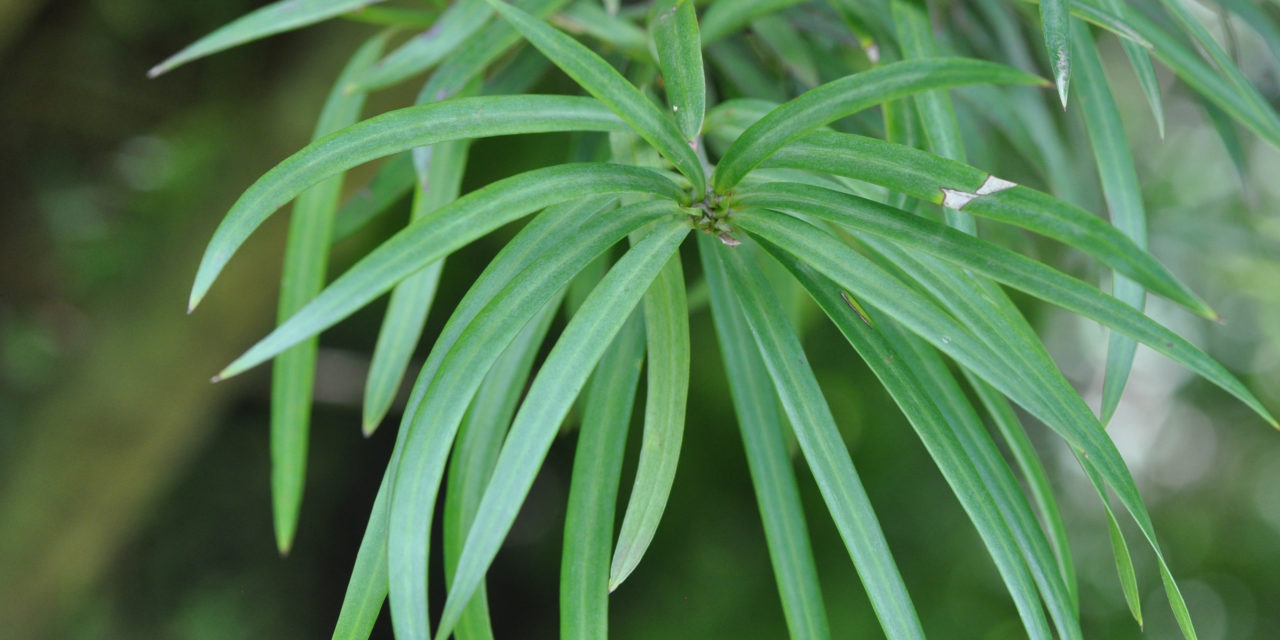
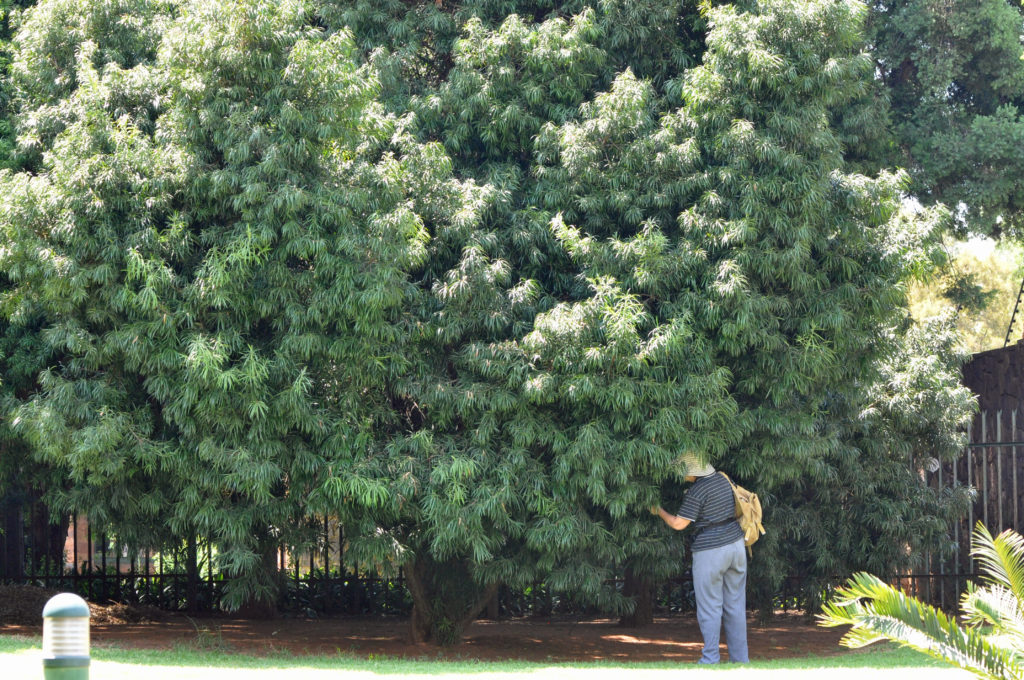
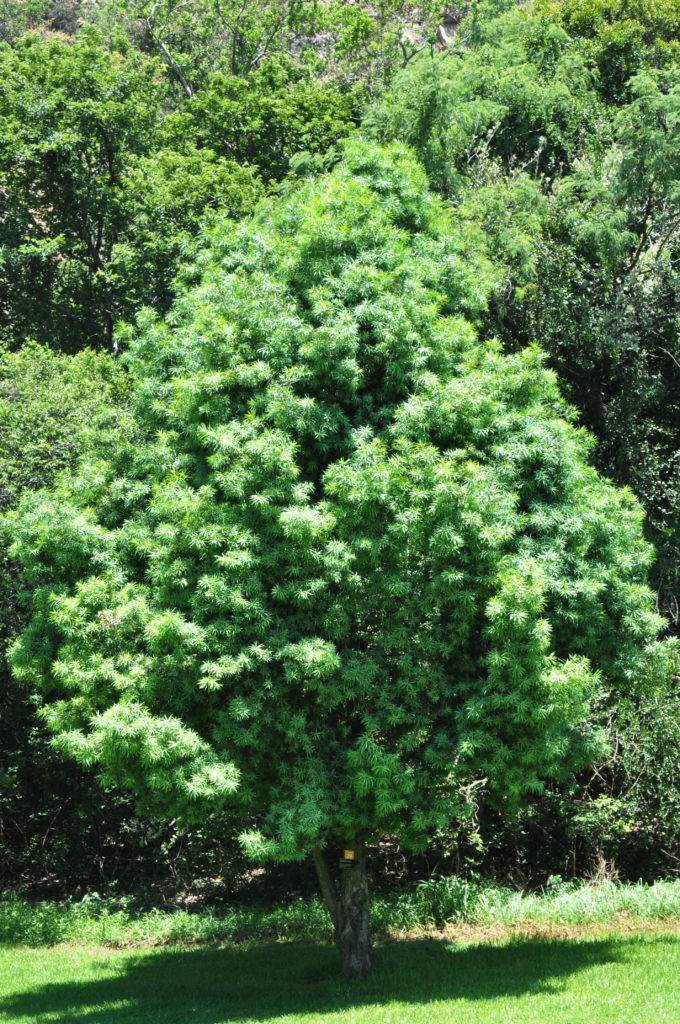
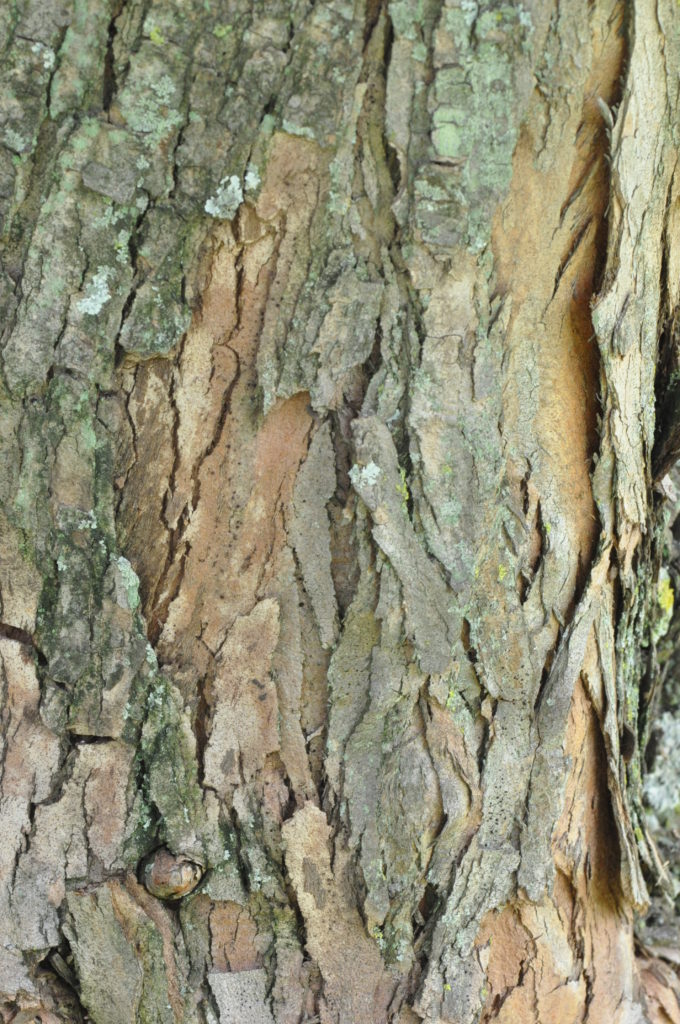
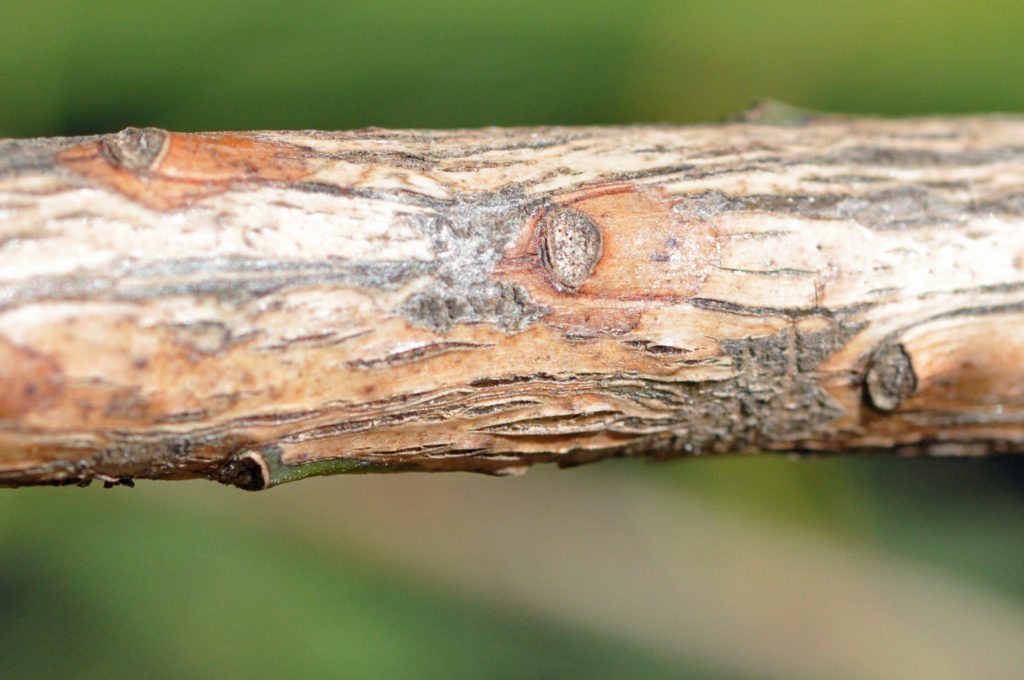
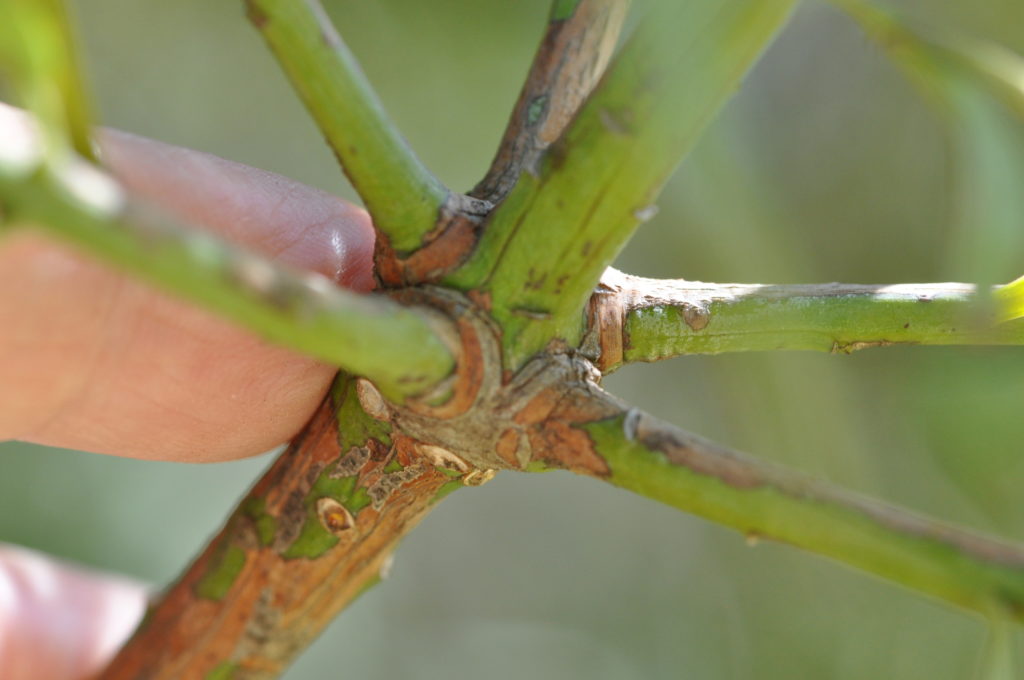
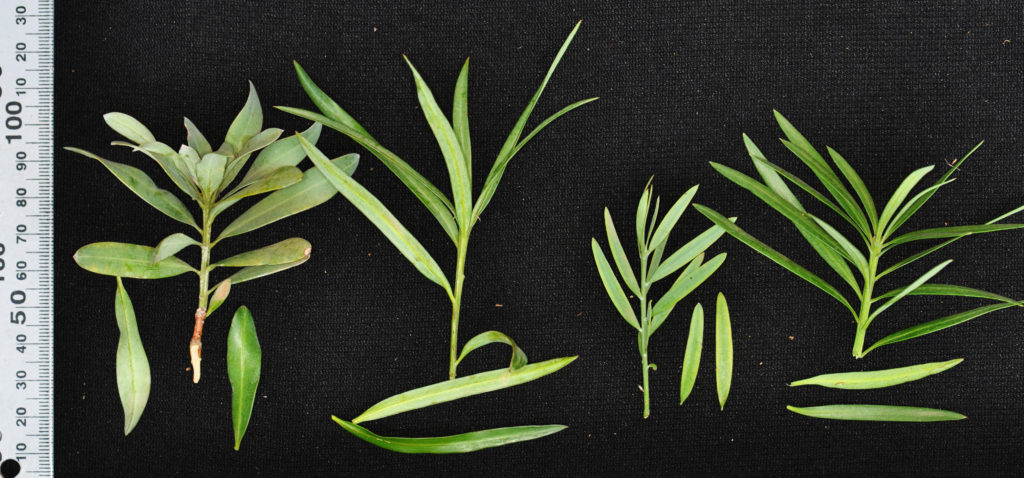
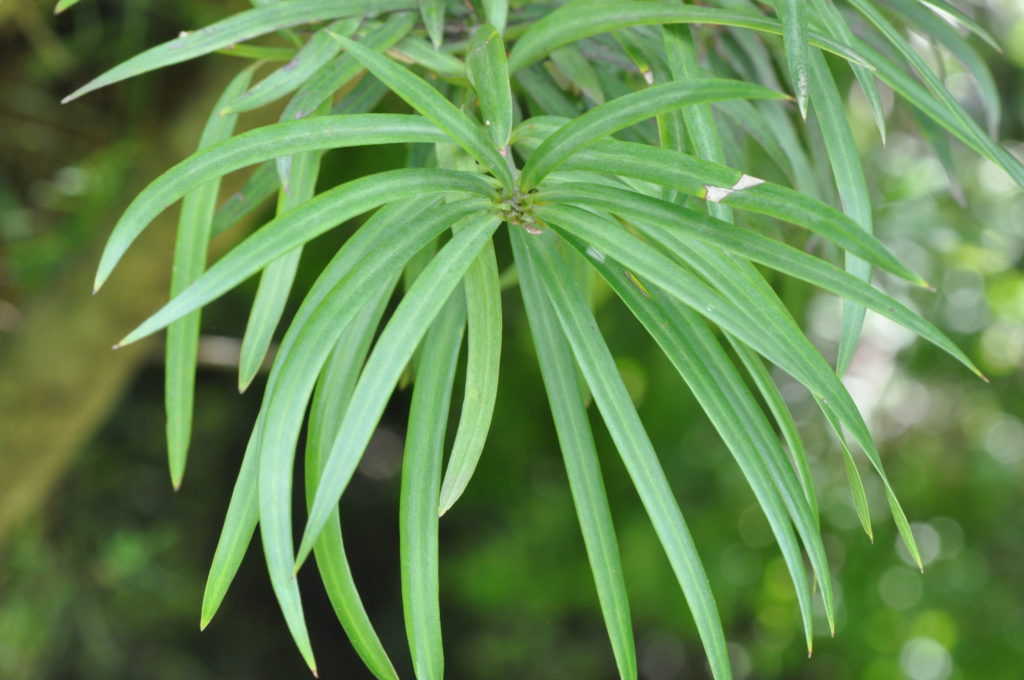
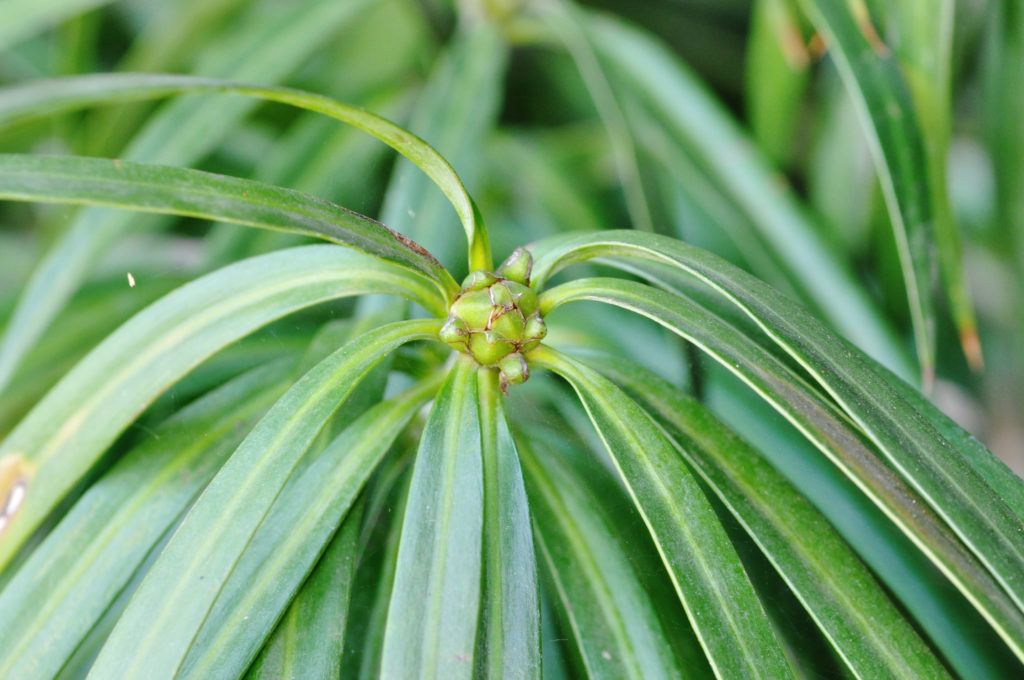
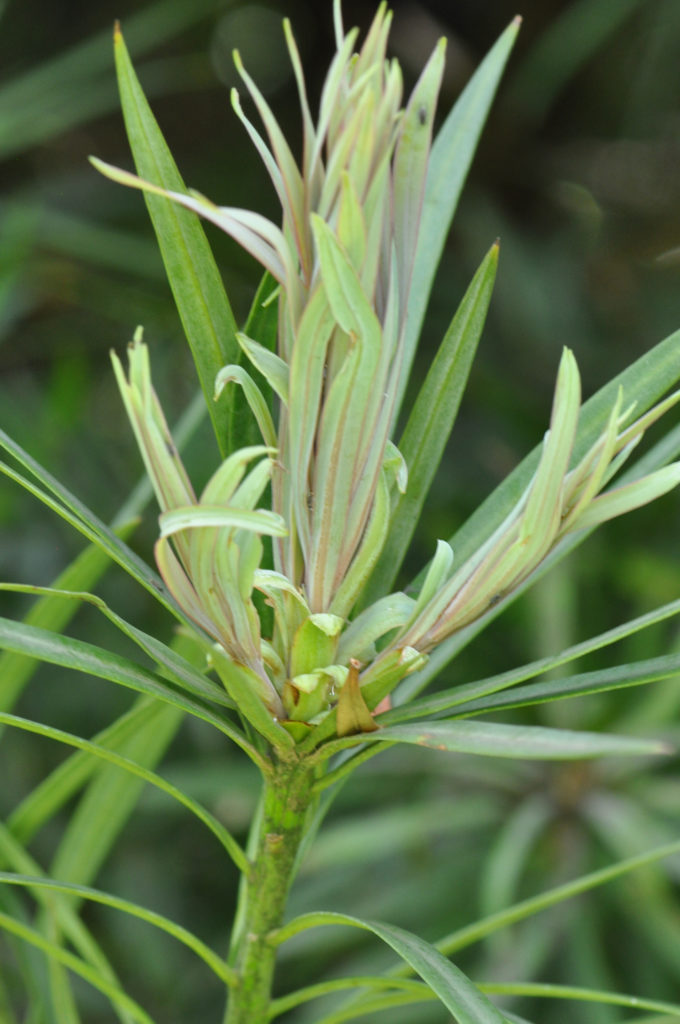
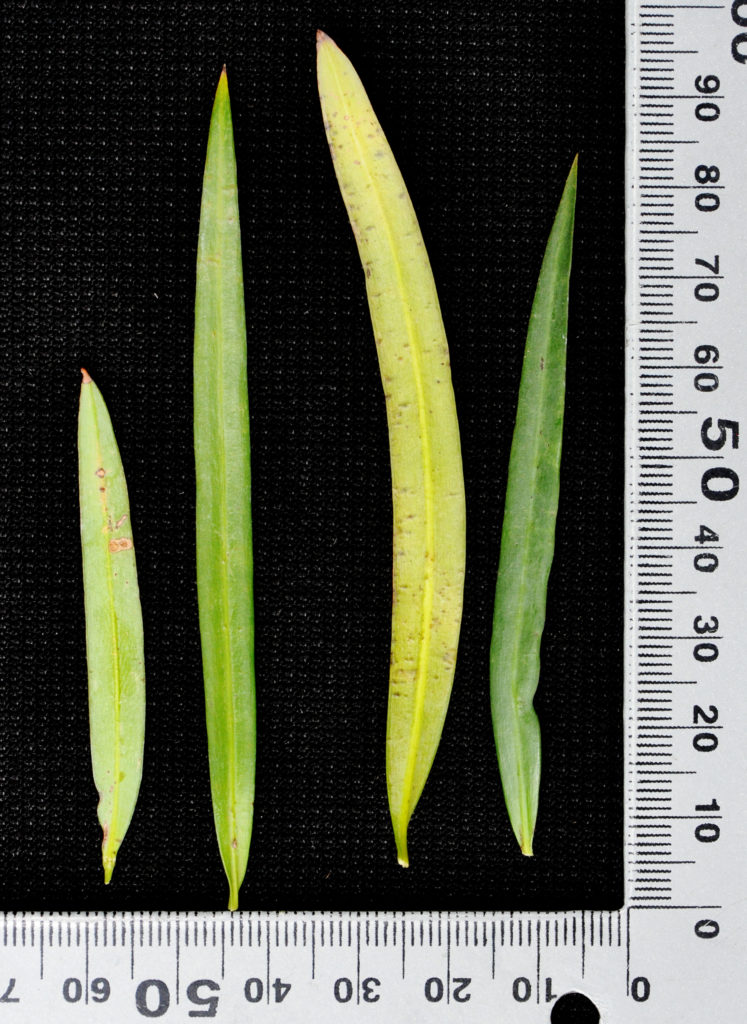
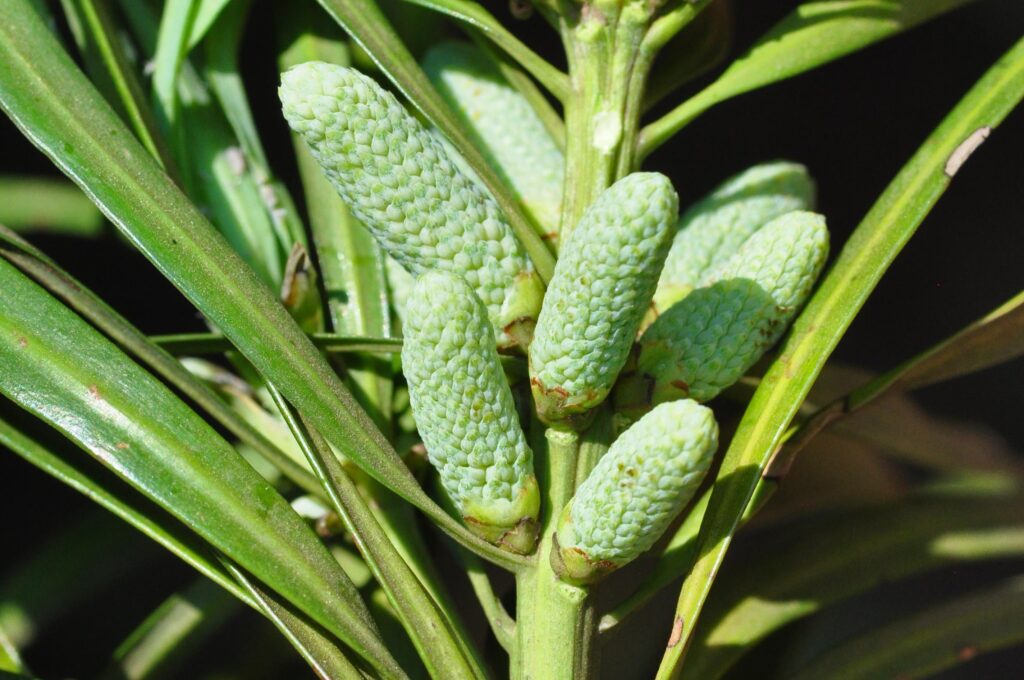
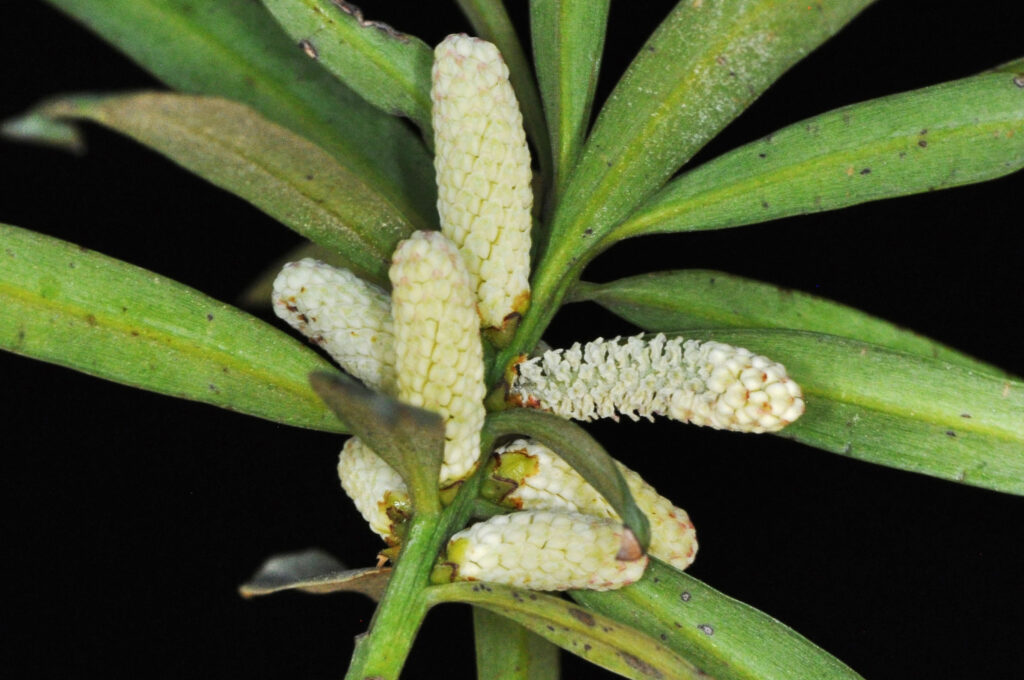
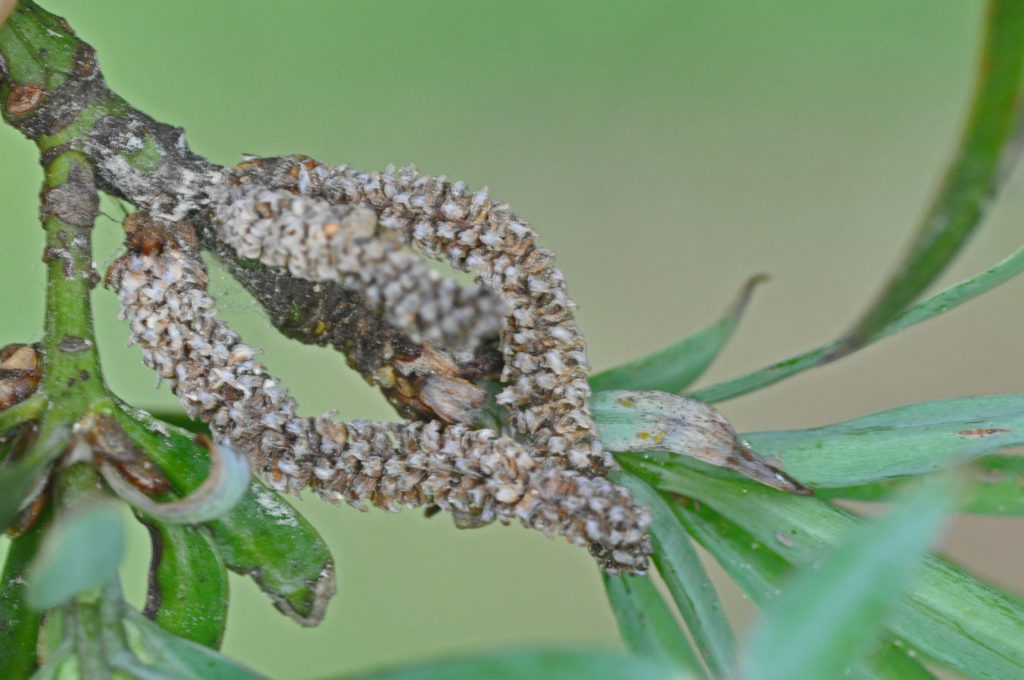
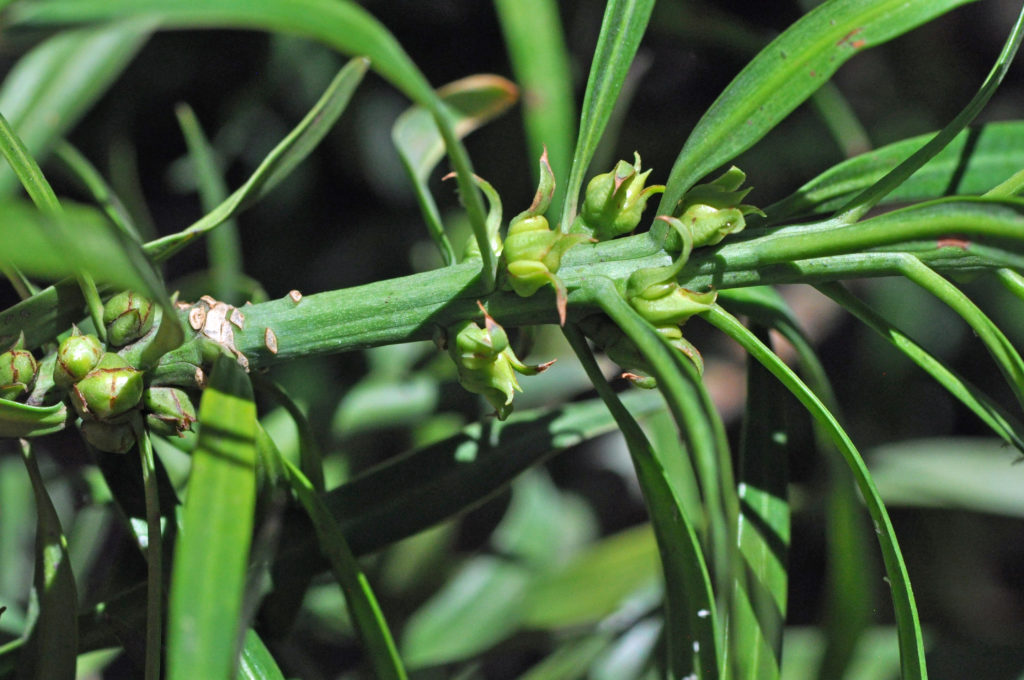
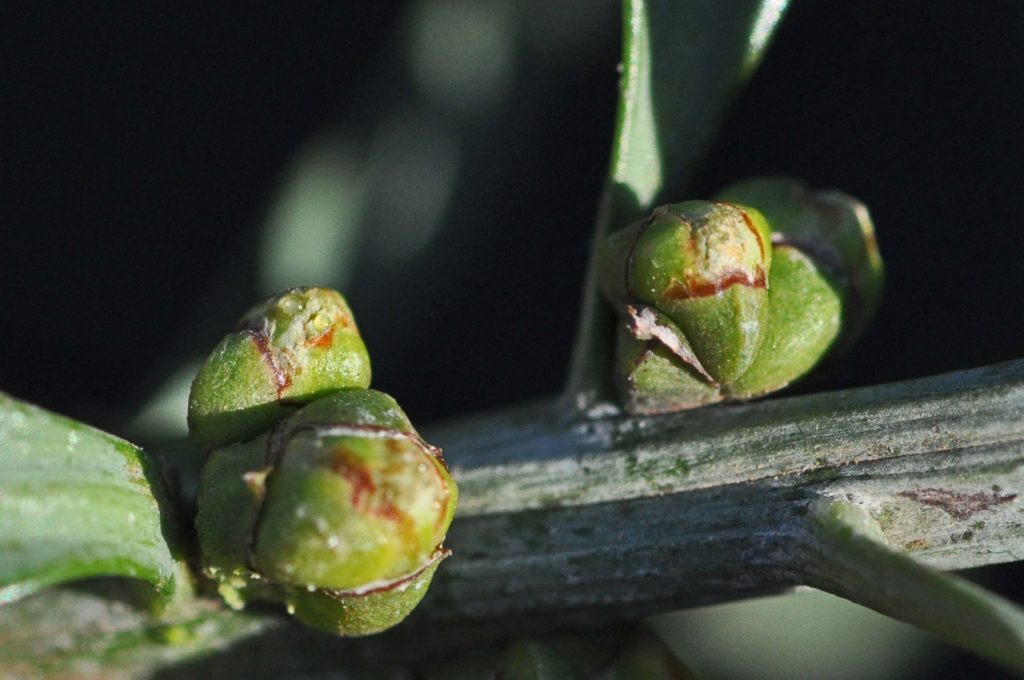
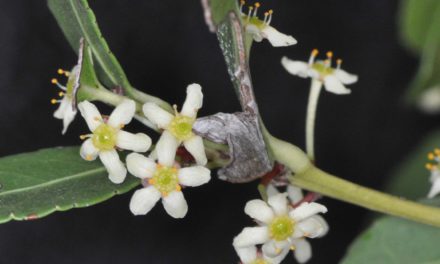
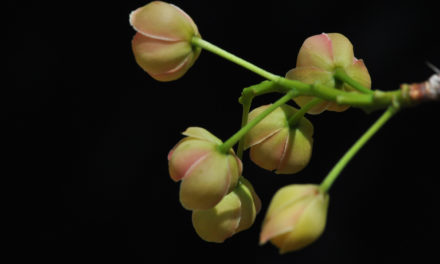
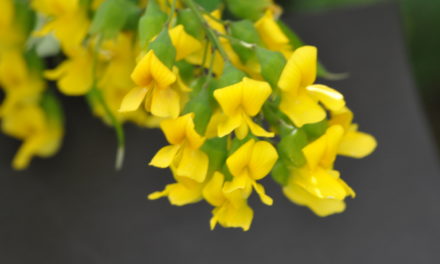
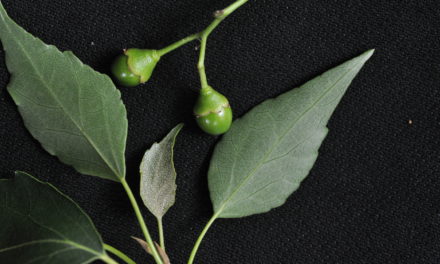
This detailed information has been so useful in identifying the different yellowwoods we have growing in our garden areas . Thank you
Thank you. Make them better known by all who see them. Get a full all weather label for each. Take care!
David Becking.
What is the root system like? I have about 10 in pots which the birds planted is my garden.
Want to plant 2 on pavement. Sould that be ok? Or will it break up road and pipes underground
Greetings Adrian
I can find no mention of problematic roots in the references at my disposal. However the tree can become quite tall. I do not think that the pavements will be a problem – they may eventually reach a radius of 5m but lower branches can be pruned if required.
Take care and stay safe
David Becking
Thank you kindly for reply.
Anybody wanting some I have 8 in pots welcome to come and fetch.
Be blessed always.